Not all ships in Starfield are created equal - they have all sorts of different components, from the humble hab, docker, landing bay and [cockpit] to more glamorous components like weapons (pew! pew!), shields, engines, and grav drives. Perhaps the most important component, however, one which determines the performance of many other subsystems and whether some models of weapons, shields, engines and grav drives can even be installed, is the reactor. Reactors themselves are grouped into different classes, and this page will explain the differences between reactor classes, how to pilot Class C ships, and how to acquire Class C reactors and ships.
(1 of 2) A Class C ship in Starfield is just any vessel with a Class C reactor installed. Early on you can only find such ships for sale as prebuilts (the pictured Narwhal being an example) - Class C reactors don’t show up for individual sale until later.
A Class C ship in Starfield is just any vessel with a Class C reactor installed. Early on you can only find such ships for sale as prebuilts (the pictured Narwhal being an example) - Class C reactors don’t show up for individual sale until later. (left), All components powered by a reactor (weapons, shields, engines, grav drives) are either Class A, B or C, and require reactor of the same or better class to operate. That said, there isn’t always a strong correlation between a component’s class and its stats. (right)
Reactor and Ship Classes in Starfield¶
Reactors provide power to the rest of your ship via the “Power Generated” stat. Reactors also contribute most of your ship’s Hull, making them arguably the most important single component of your starship. Still, a reactor’s power is usually the major consideration when shopping for reactors - if you don’t have enough power to go around, you can’t utilize your weapons, shields or engines to their fullest (grav drives are an odd case - you only need them to jump, and you can do this with as little as one tick of power, if you don’t mind waiting a moment). Pretty much anything you want your ship to do aside from hauling cargo and interior furnishings depends on being able to allocate power to it.
In addition to the aforementioned functions of a reactor, reactors also come in three classes - Class A, B and C, from lowest to highest. A ship’s class, as seen in the ![]() Piloting skill, is merely a reflection of the Class of the reactor installed on a said ship - a Class C ship is merely a ship with a Class C reactor. Class A and B reactors do almost everything that Class C reactors do - generate power, determine your hull and contribute to crew capacity, and while a reactor’s Class does typically correlate with the stats a reactor has (see table below), there’s one thing that higher Class reactors can do that lower Class ones cannot; they can power components of a similar Class.
Piloting skill, is merely a reflection of the Class of the reactor installed on a said ship - a Class C ship is merely a ship with a Class C reactor. Class A and B reactors do almost everything that Class C reactors do - generate power, determine your hull and contribute to crew capacity, and while a reactor’s Class does typically correlate with the stats a reactor has (see table below), there’s one thing that higher Class reactors can do that lower Class ones cannot; they can power components of a similar Class.
(1 of 2) Class A reactors can be functional enough, stat-wise,
Class A reactors can be functional enough, stat-wise, (left), but Class C reactors will likely have superior stats (and a greatly inflated cost), as well as the ability to power high Class components. (right)
Comparison Between Class A, B and C Reactors¶
| Reactor | Class | Power Generated | Hull | Crew Capacity | Cost |
|---|---|---|---|---|---|
| A | 26 | 715 | 1 | 33,026 | |
| B | 28 | 890 | 2 | 42,924 | |
| C | 34 | 995 | 3 | 64,778 |
As you can see from the examples above (each reactor is not necessarily the best-in-class, but the highest-power without sacrificing too much hull), while there is a gap between the stats of Class A, B and C reactors, it’s not large enough to the point where one is simply not functional compared to another, especially when you factor in the price! Some components - pretty much everything that requires power to be allocated to it (weapons, shields, engines, grav drive) - has a Class, graded A, B and C just like reactors. You must have a reactor with a Class equal to or greater than the component’s class in order to install it. For example, if you want to install a Class B shield on a ship, you must have a Class B or C reactor. A Class A reactor can only power Class A components, Class B reactors can power Class A and B components and a Class C reactor can power a Class A, B or C component.
Like reactors, the Class of a component doesn’t necessarily determine its overall quality - there are some fine Class A engines out there you can use for the majority of the game, like the White Dwarf 3030 Engine and SA-4420 Engine. You can also usually find shields in the 100 max shields per max power range at all classes (although some high-capacity, high power requirement Class C variants do exist). Simply put, you can do just fine with Class A components, but if you want access to the full range of ship components, you’ll need a Class C ship, and hence, a Class C reactor. Even if the Class C components don’t always outcompete their Class A and Class B counterparts, the reactors themselves often do, albeit not by a wide margin (and it’ll cost you a premium to get that extra power on your ship).
You must reach rank 3 in Piloting to fly Class B ships, and rank 4 to take the helm of Class C ships.
How to Unlock Class C Reactors and Ships in Starfield¶
At the start of the game, Class C ships/reactors aren’t much of a concern - you can’t buy the reactors early on, and while you’ll find some Class B and Class C ships for sale, you probably can’t afford them anyways. As you level up, however, more ship components will unlock, and these newer components are almost invariably superior to the ones you have access to at the start of the game. This of course includes Class B and C reactors, the latter of which will unlock before you hit level 20, but they likely won’t significantly outcompete Class A reactors for quite a while.
In order to actually pilot Class B and Class C ships, however, you’ll need to invest in the aptly named Piloting skill. At rank 3 you’ll unlock the ability to pilot Class B ships, and at rank 4 you’ll be able to pilot Class C ships. Since this is an introductory skill in the Tech tree, it shouldn’t be all that hard to accomplish, although you’ll need to prove your mettle by killing increasing numbers of enemy ships to complete the challenges required to unlock the next rank. Arguably the best way to do this is to join the Freestar Collective and take quests to hunt ship captains via the bounty board. You’ll likely only encounter one ship at a time, but you’ll be able to track them and travel right to them, and you’ll get paid for the work. Failing that you can just travel between planets within a system, as each time you zone in hostile ships have a chance to spawn.
Now that you know how Ship Class and Reactor Class works, check out the following ship-related pages:
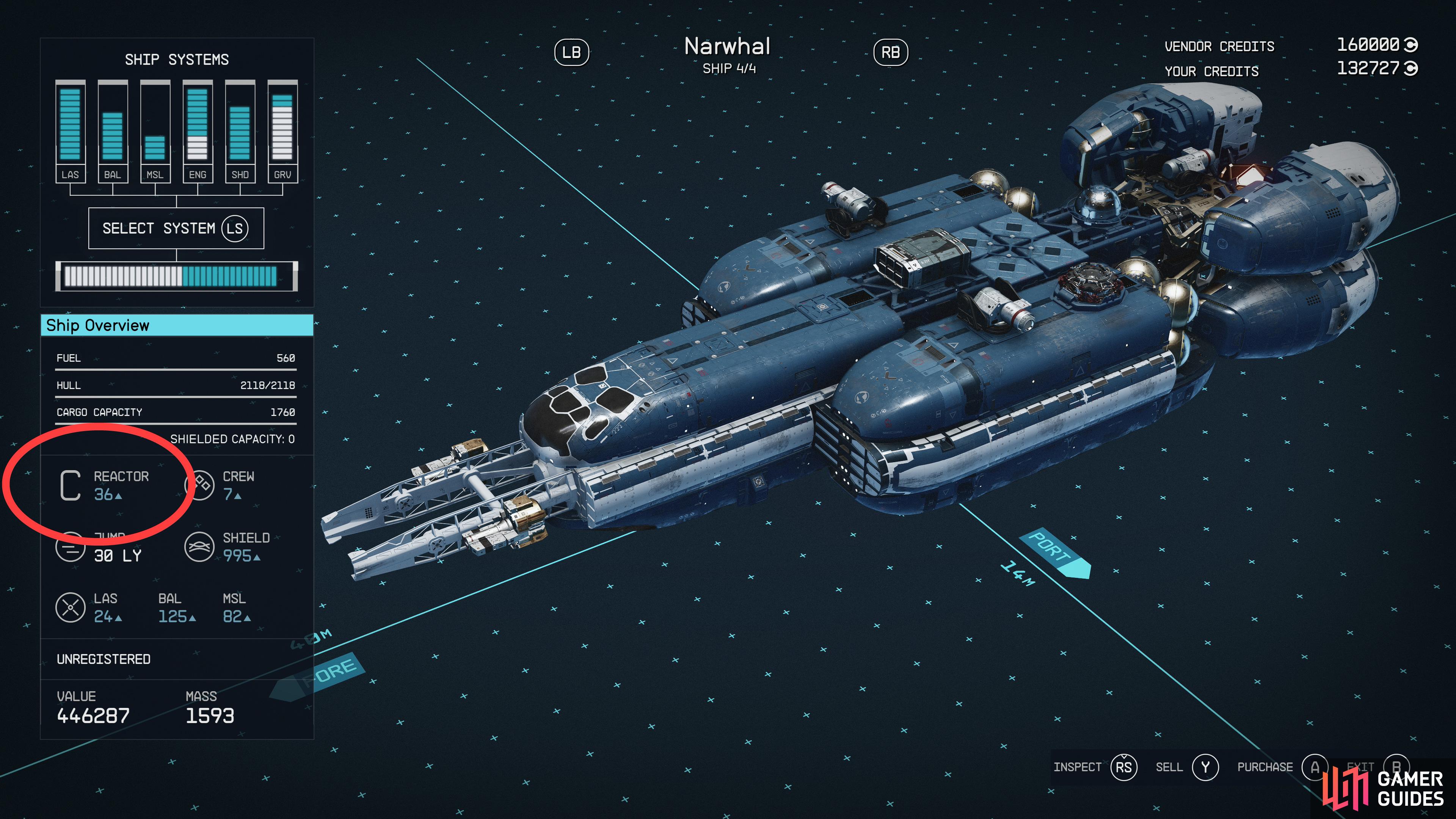
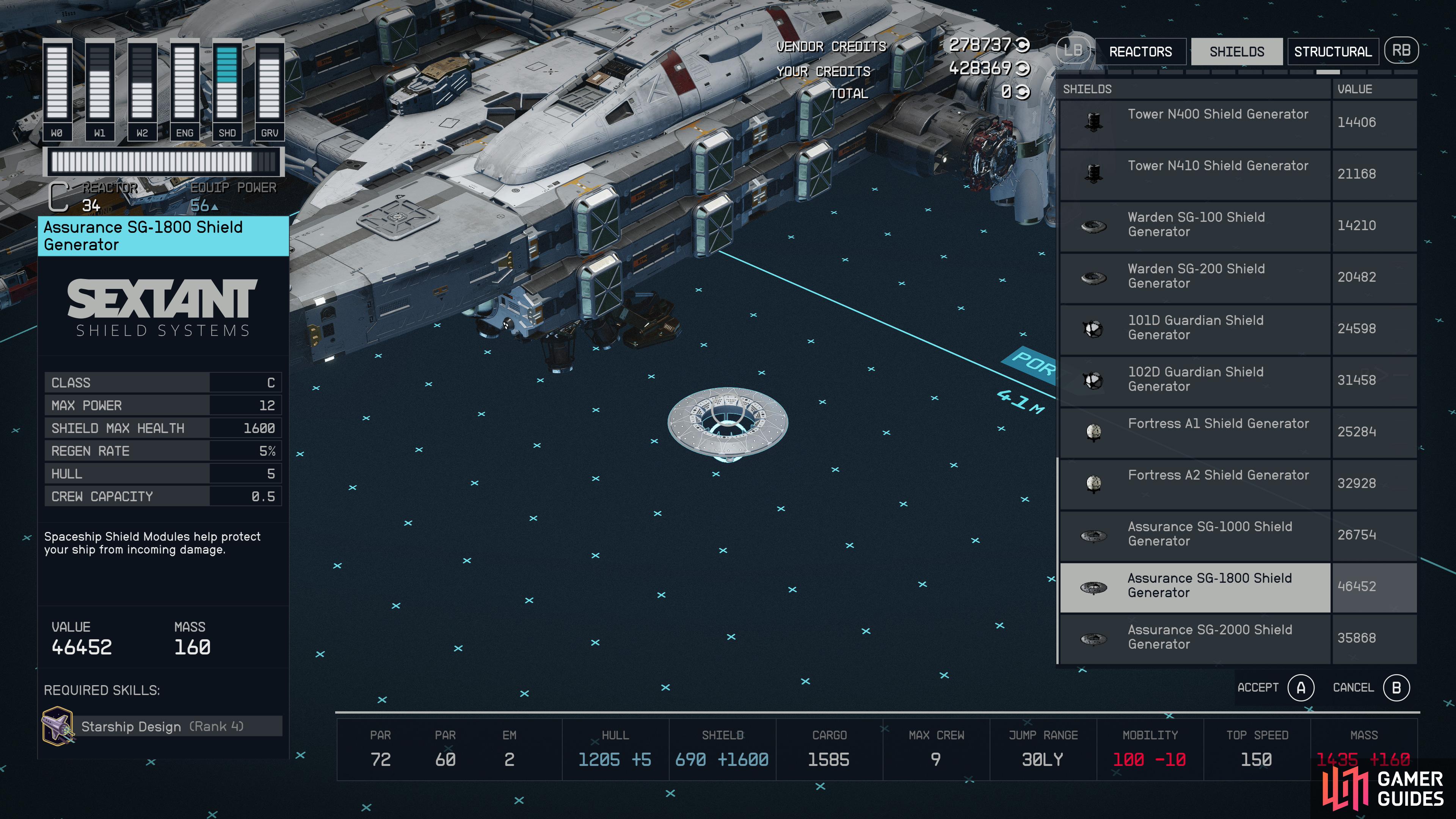
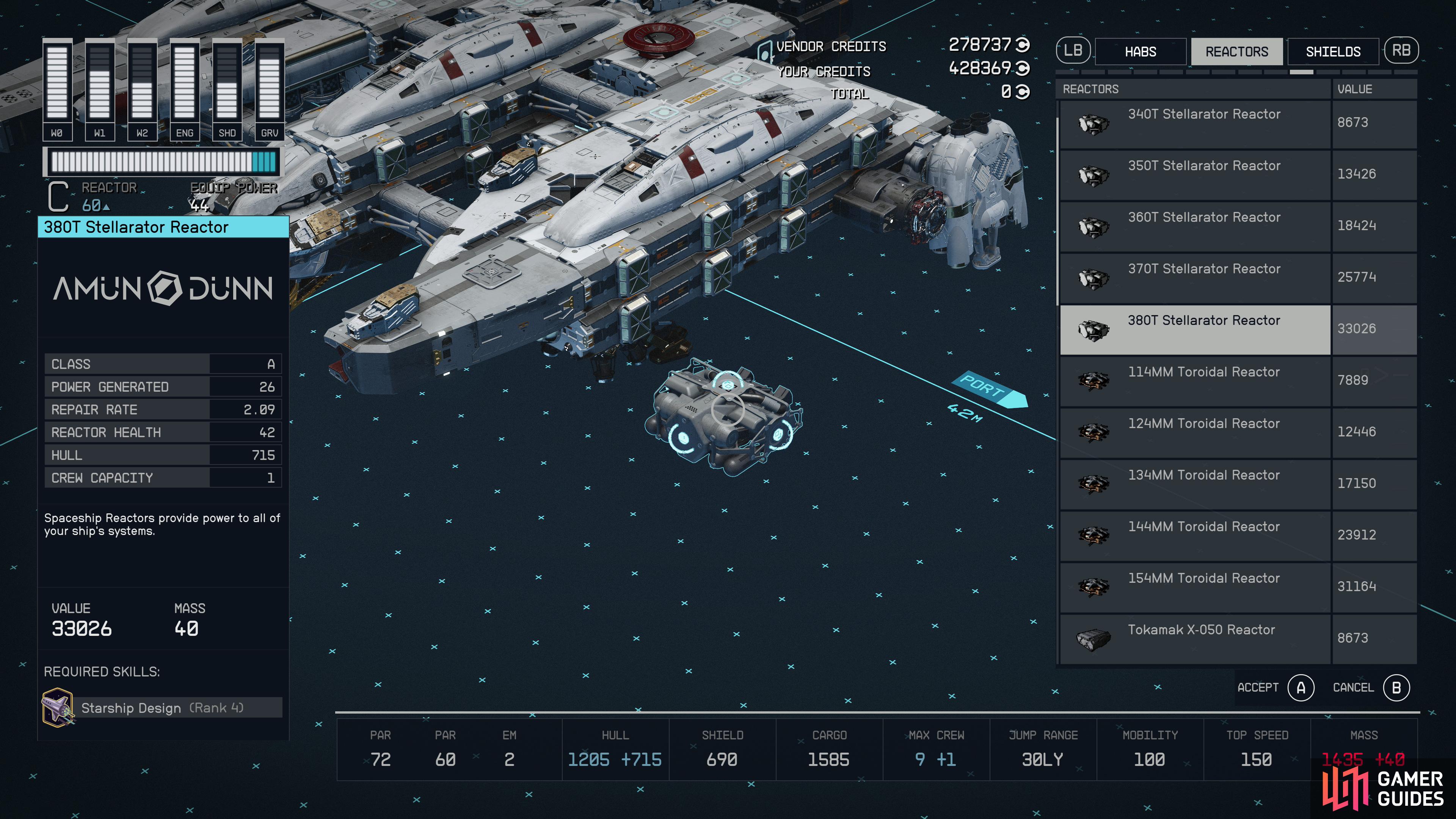
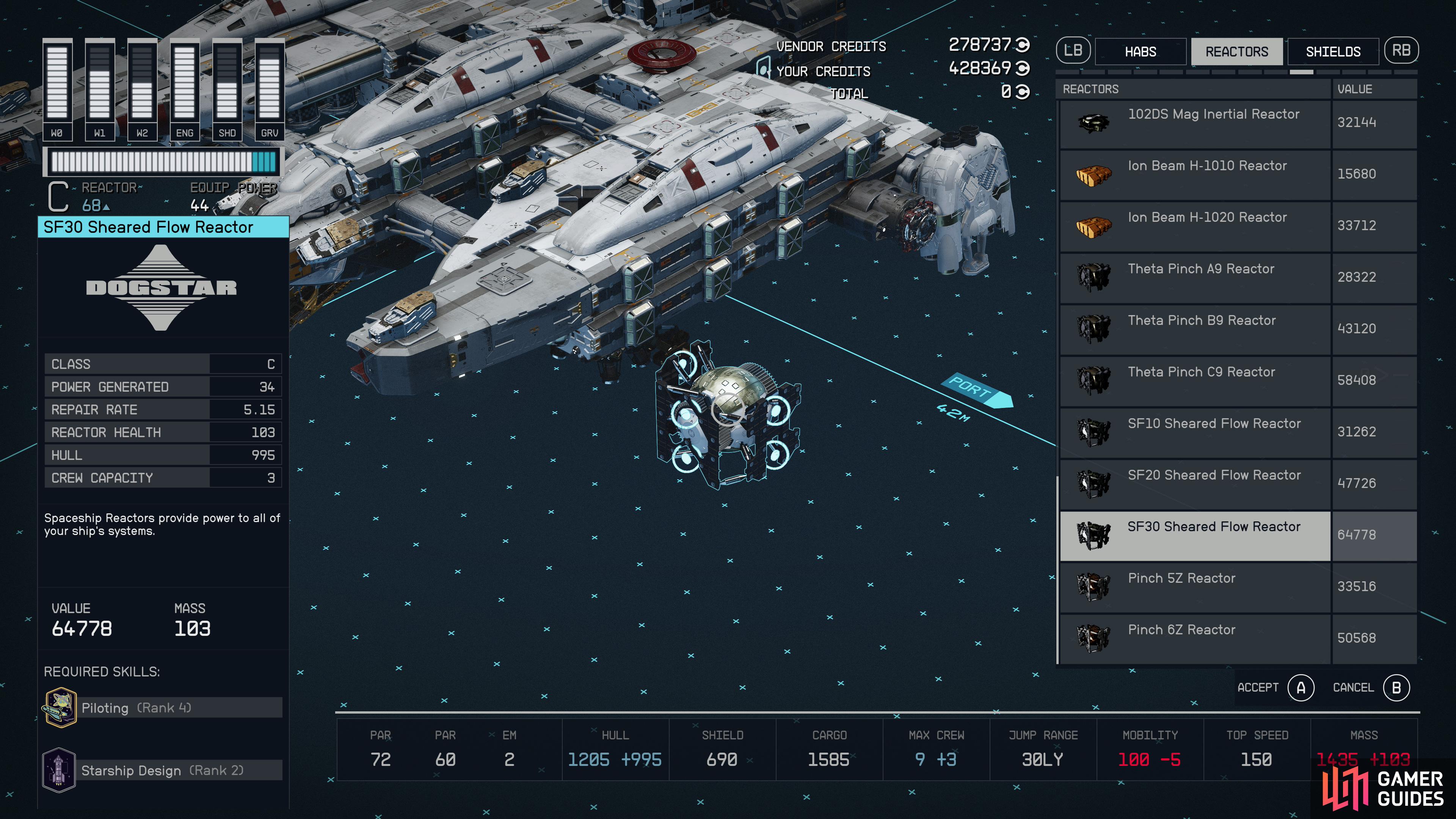
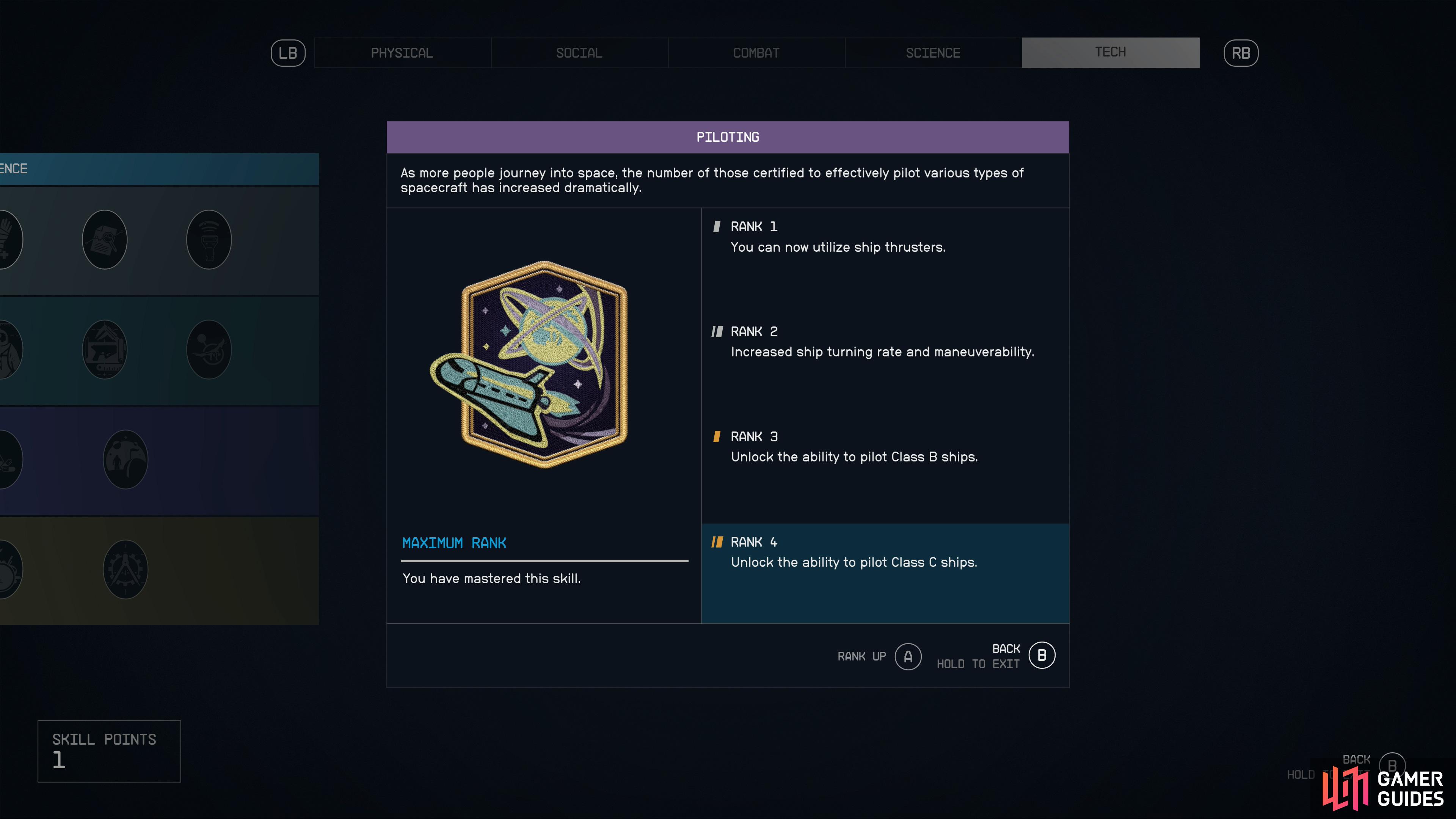

 Sign up
Sign up
No Comments